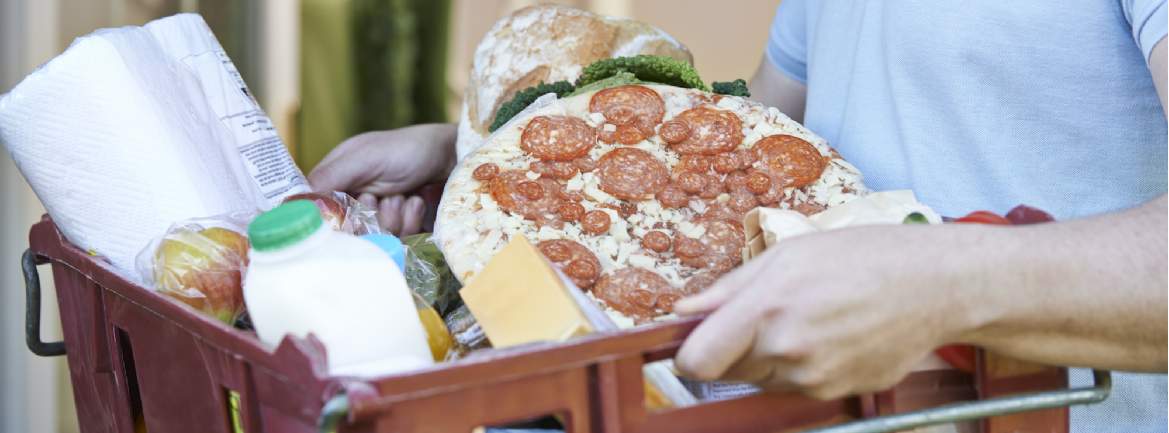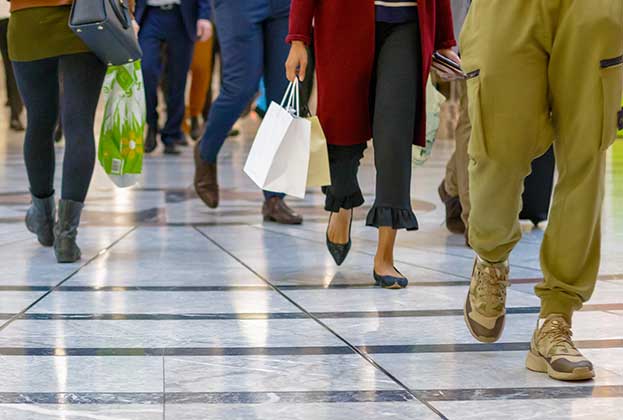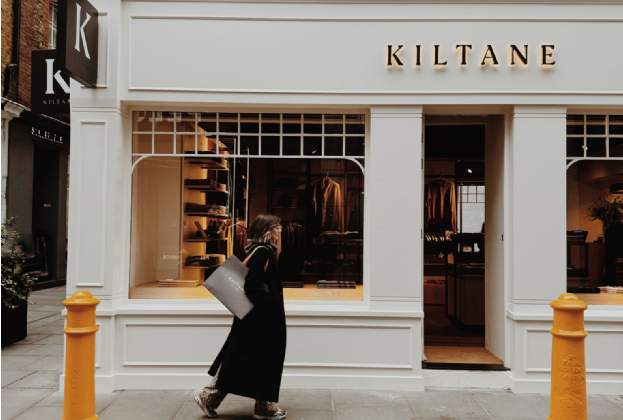When the pandemic hit last year, it was the grocery sector that experienced the biggest surge in online sales across the entire retail market. In 2020, online grocery expenditure rose by a huge 86.5 per cent to reach £20.9 billion, compared with just 10.8 per cent growth seen in 2019.
This significant shift has resulted in the online grocery market arguably changing the most since the Covid-19 outbreak, with this rise in sales expected to be sustained as we reach the end of 2021. However, despite this, food and grocery is still the sector with the strongest store sales, accounting for 87 per cent of overall spend in the sector. So how can supermarkets strike the right balance between catering to a growing online market, while still serving millions of customers week in, week out, in physical stores?
What’s interesting is that the significant rise in online sales could only be achieved due to the huge network of stores already in place. The supermarkets’ widespread portfolios is what enables them to get products on our doorsteps quickly and easily, with many now utilising stores as delivery hubs rather than conventional distribution centres.
Tesco has recently alluded to ‘owning the last mile’ in this way, as a means to scale up deliveries without heavy capital expenditure. It has pointed out that in-store micro-fulfilment centres can be installed in just a few months at a much lower capital cost, as opposed to up to two years for a large automated warehouse.
This means that interest has returned once to more to the large, out-of-town supermarkets that may have previously been considered no longer fit for purpose due to their very large floorplates. These stores now offer brands the opportunity to combine a traditional customer-facing foodstore with semi-automated picking centres for online delivery located at the back of house.
By March next year, Sainsbury’s aims to expand the online packing capabilities in 20 of its stores throughout London, enabling it to deliver thousands more orders in the capital each week. Conversely, it has recently announced the closure of its dark store (that is, a large retail facility that is not open to the public) in Bromley-by-Bow, suggesting that the focus now lies with fulfilling online orders through stores rather than dedicated distribution hubs.
Asda has also announced plans to shut two of its online warehouses, switching from its dark stores in Dartford and Heston to picking grocery orders from the shelves of local stores.
It is not just supermarket operators that have begun to recognise the importance of their store networks in fulfilling online consumer demand. B&Q and Screwfix owner Kingfisher is also capitalising on this strategy, with 78 per cent of all online orders now being collected in a store via Click & Collect.
This synergy between online and bricks and mortar highlights the true value and continued importance of physical stores and also opens up significant opportunities when it comes to managing returns – an ongoing struggle for many retailers.
While some may have said that physical retail is dead, what is quite clear here is that this sector would not have survived in the way that it has without its shops.

.jpg)







.jpg)
